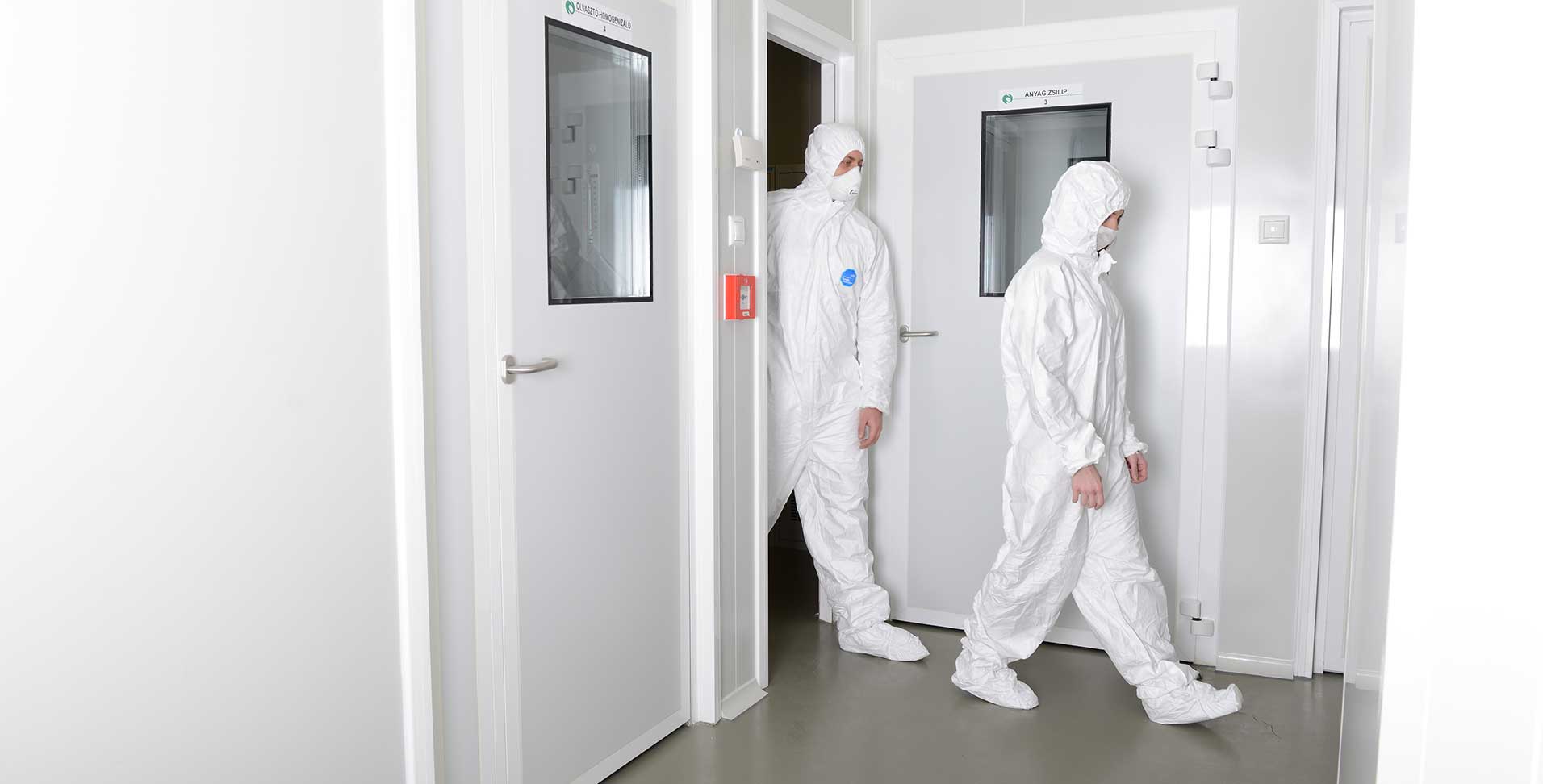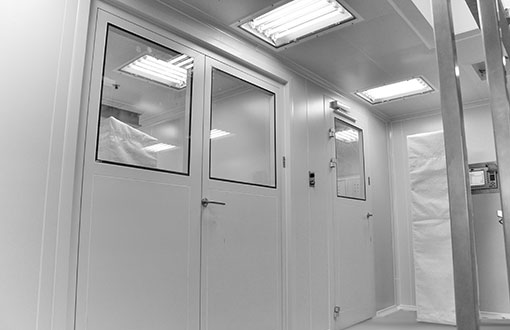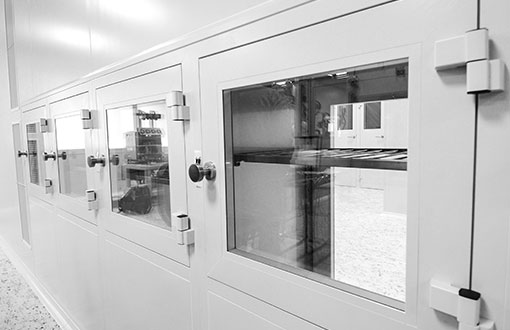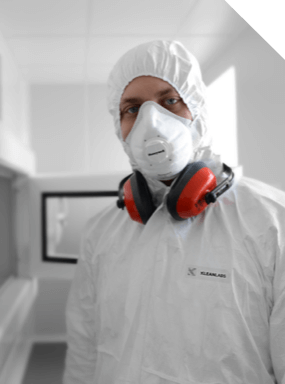Cleanroom personnel can bring in large amounts of contaminants into the controlled environment on their skin and clothing, which can hijack the whole clean working process. Should your employees not follow proper gowning guidelines, you risk contaminating your cleanroom environment and damaging products. This is why it is crucial to have proper training regularly about how to prepare for working in the cleanroom, inspect the practices and supply the team with all the necessary gear. In the following, we have summarized the most important takeaways of the 100-100.000 class standard clean room protocol with reference to the Department of Environmental Health and Safety at the University of California.
Before getting dressed
Before putting on protective gear, employees should always clean their exposed skin surfaces and everyday clothing. Makeup, skin care products and dirt can be easily removed with special disinfectants that are compliant with a clean room environment. Make sure to remove all contaminants to avoid bringing them into the clean room, even underneath your gear. Jewelry or other accessories can only be worn underneath the protective clothing.
A common practice before entering the clean room is walking over a tacky mat a couple of times to remove most dirt from shoes. Once you are in the changing room, you may suit up a.k.a. put the coverall on along with the shoe covers. Try to put the shoe covers on one by one, placing your foot with the protector only on the clean side of the changing room and keeping your ‘dirty’ foot on the ‘dirty side’ of the clean room. It might seem like a small and fussy step, but this step can dramatically reduce the risk of contamination.
Gowning for a clean room
While the specific pieces of clothing are highly dependent on the type of industry, we can conclude that most clean rooms work with coveralls, frocks, lab coats and protective sleeves in a clean room. It is critical that during gearing up none of your clean clothing touches the ground. To avoid this and making the changing process easier, design the changing room in such a way that facilitates avoiding any risk of contamination with benches and hangers. If you are the operator, do make an effort and ask your employees about their changing practices to identify any possible risky behaviors and ask them how the transition into the clean room environment could be easier.
When wearing coveralls, trousers should always be tucked into the boots. You can use fasteners to attach the boots to the coveralls. Should any piece of clothing tear or get damaged, you must start the changing process from the beginning. The perfect gloves fit the hands properly and are long enough to be able to be tucked in under the sleeves. Make sure you are not showing any skin on your arms and legs. When choosing the material of the gloves, keep in mind that they should not react with any substance in the working environment. In general, latex, neoprene, nitrile, vinyl or tri blend chemical gloves are used. In a class 100 environment, personnel may need to wear a second layer of gloves before entering the clean room.
Best practices for face and hair
Both men and women are required to wear head covering such as bouffant cap and facial or beard cover. All hair and ears must be completely covered at all times. Proper head covering fits perfectly, without gaps around the nose and mouth. Some industries may instruct personnel to wear clean room hoods, googles or face masks to further reduce the risk of contamination and prevent skin irritation.






